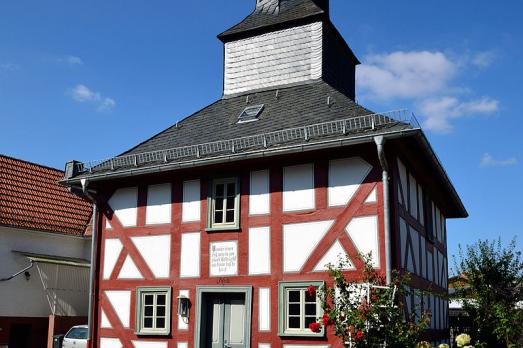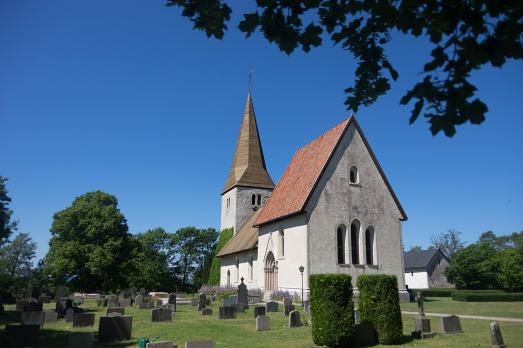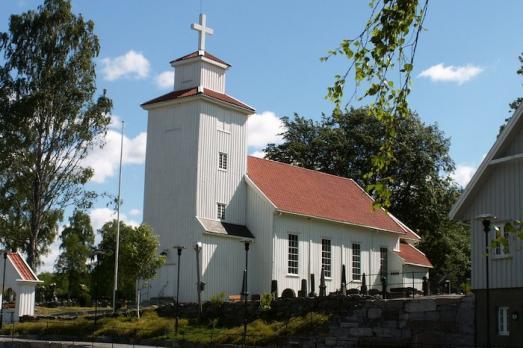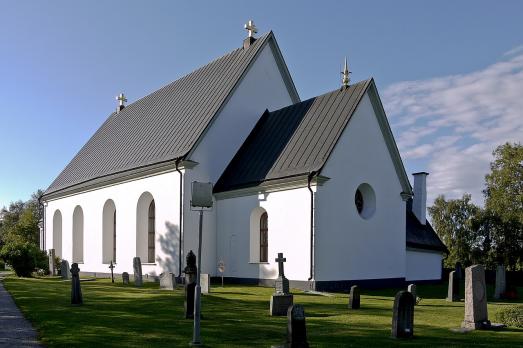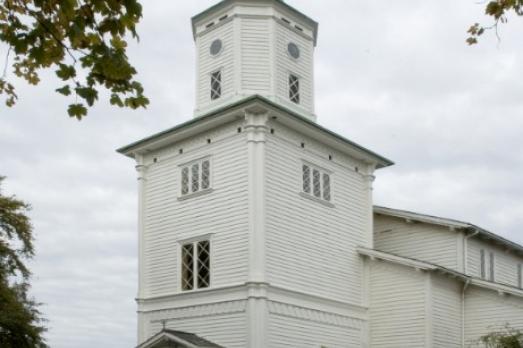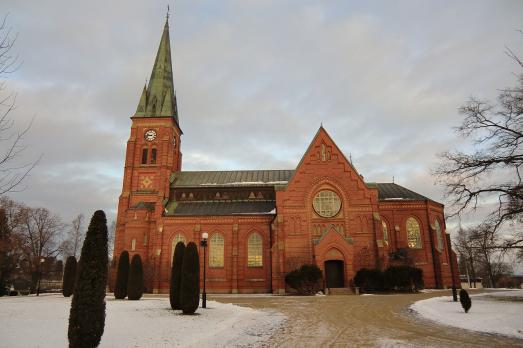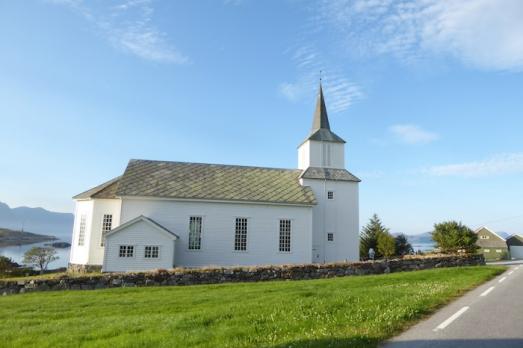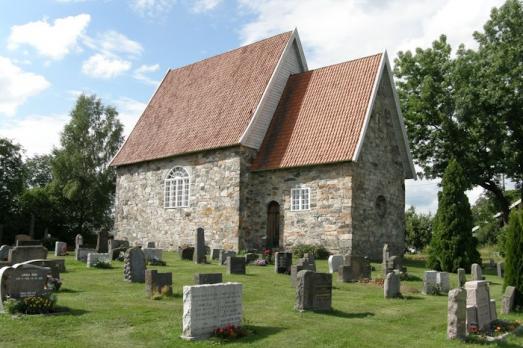
Frogner Old Church
Lillestrøm, NO
The Old Church of Frogner is a small medieval stone church with a rectangular nave and a lower, narrower chancel at the right end. The church has a gable roof. It probably dates from the late 12th century or around 1200 and may have been built as a farm church. The church is located right next to the pilgrim's route, which passes through Hamar and goes to Trondheim.
